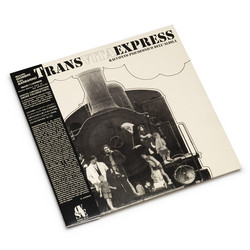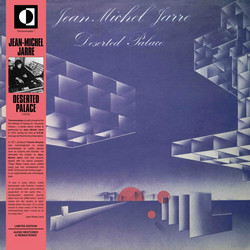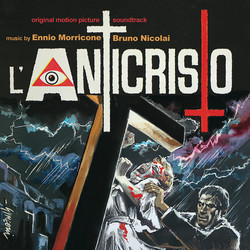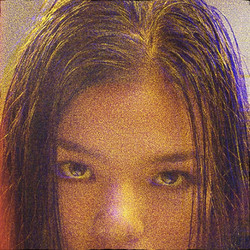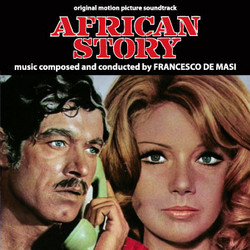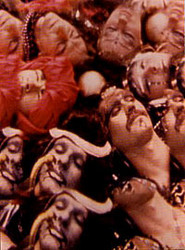Isao Tomita
A Thousand & One Nights (1969 Ost)
In the 1960s Osamu Tezuka’s Mushi Productions was one of the leading producers of TV animation in Japan. Three of his Mushi series had been sold to American children’s television: Astro Boy (1963), Kimba the White Lion (1965), and The Amazing 3 (1966). In addition, Tezuka was the author of Ambassador Magma in 1965, intended as a TV cartoon series, but when it failed to sell, Tezuka sold the story to P Productions to become a live-action TV series. It became a U.S. children’s series known as The Space Giants in 1970.
The first was Tezuka’s “千夜一夜物語, Senya Ichya Monogatori or A Thousand and One Nights”. This was advertised as in “Animerama”, a series of Mushi Pro theatrical features specifically for adults. It was released on June 14, 1969; distributed by the national Nippon Herald Films as a 10th anniversary feature. It was a whopper at two hours and almost eleven minutes.

Tezuka threw Mushi Pro’s top people into it. The director was Eichi Yamamoto and the music by Isao Tomita (with a lot of help from Alexander Borodin’s 19th-century romantic scores), both of whom performed the same roles for Kimba the White Lion. The orchestra was conducted by Seiji Yokoyama, who would later compose the memorable operatic-quality music for Space Pirate Captain Harlock; also the delightful music for Tōei Dōga’s TV movie adaptation of Marvel Comics’ Tomb of Dracula. The Art Director was Osamu Dezaki, later the famous director of much anime; and the Character Designer was Takashi Yanase, who would later direct Sanrio’s disastrous Metamorphoses. The production staff was claimed to have been increased to a staggering 60,000 people (although I don’t think that anyone believed that). Tezuka invited several prominent Japanese authors, especially science-fiction writers like Sakyo Komatsu and Yasutaka Tsutsui, to have fun as the voice actors of minor characters.

The story, developed by Osamu Tezuka with credited assistance by Kazuo Fukasaka and Hiroyuki Kumai, was a loose hodgepodge of some of the Persian A Thousand Nights and A Night as translated by Sir Richard Francis Burton (ten volumes in 1885). However, scholars agree that many of the original tales are much older, some even predating the founding of Baghdad (July 762) in which they are now popularly set. Most modern editions are bowdlerized into children’s tales. Burton’s translation kept the Oriental adult sexuality and obscenity. So did Tezuka’s version – though with his own updatings and experimentalism.




